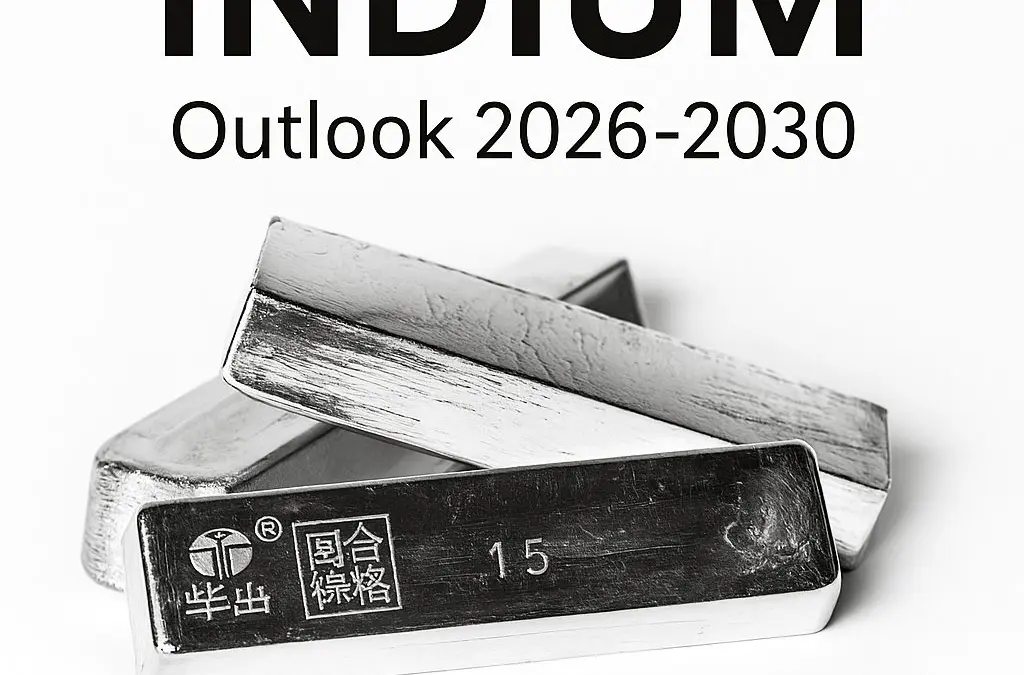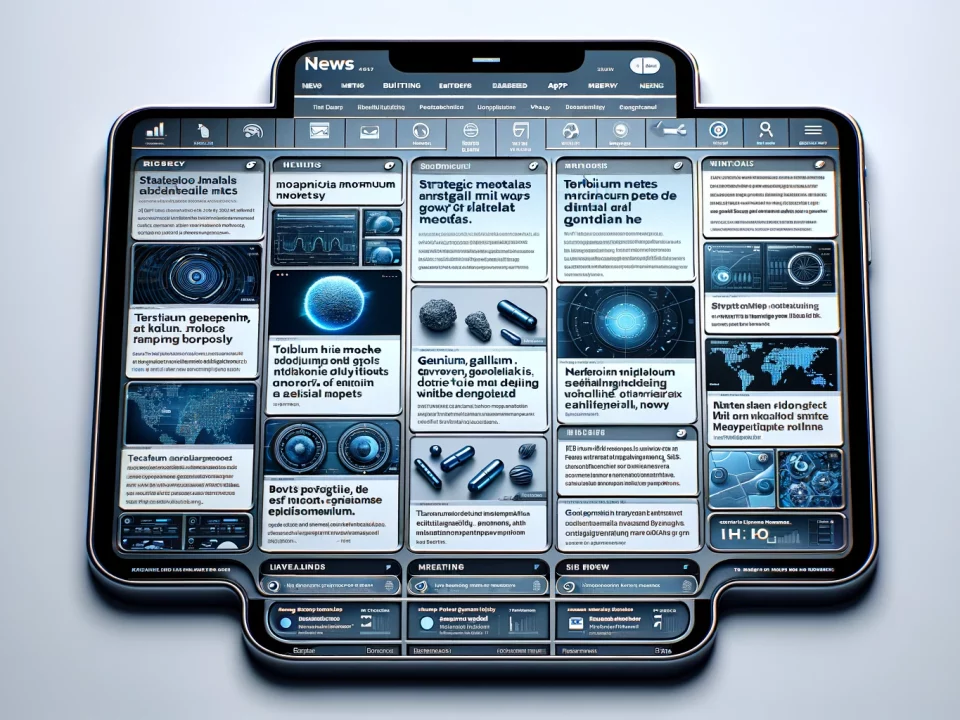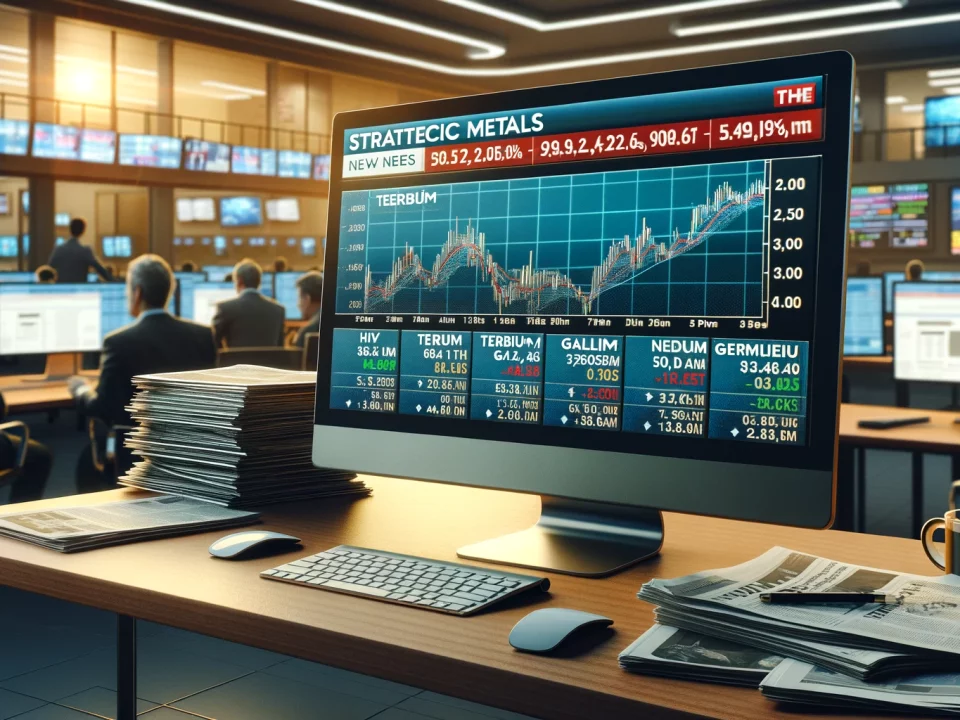
Weekly News Review October 6 – October 12 2025
October 12, 2025
Weekly News Review October 13 – October 19 2025
October 19, 2025Indium doesn’t make headlines, yet it’s woven into the fabric of modern life.
It’s what makes your smartphone screen responsive, your solar panels efficient, and your data center lasers fast enough to move the world’s information.
Over the past three years, this lesser-known strategic metal has delivered a steady performance that’s hard to ignore: +26.97% in 2023, +23.18% in 2024, and already +17.82% year-to-date (October 2025) according to SMI’s price series (check out the latest Indium prices and charts here).
So what’s driving indium’s quiet rally?
A small metal with big uses
Most of the world’s indium is consumed in the form of Indium Tin Oxide (ITO), the transparent, conductive coating used in touchscreens, LCD and OLED displays, and smart glass.
That’s the invisible layer that lets electricity flow across your phone or monitor without blocking light.
But indium’s story is broadening. Compounds such as indium phosphide (InP) and indium gallium arsenide (InGaAs) are now critical to optical communication, AI data networks, and 5G infrastructure. In clean energy, indium continues to play a key role in CIGS thin-film solar cells, which are gaining traction as part of the global energy transition.
The policy shift that changed everything
In February 2025, China introduced export licensing requirements for indium and several other critical materials, a move widely covered by Reuters.
While not a ban, it added layers of bureaucracy to every shipment and effectively slowed global trade.
With roughly 70 % of refined indium still produced in China, this policy acted as a powerful lever on prices, widening the gap between Chinese and Western markets.
The timing coincides with growing geopolitical concern over material supply chains.
The European Union’s Critical Raw Materials Act and U.S. critical-minerals initiatives both list indium as a strategic material essential to technology and defense.
In short, policymakers are paying attention, and so are industrial buyers.
Supply: still concentrated, still constrained
Although indium can be found in trace amounts worldwide, commercial production is almost entirely a by-product of zinc mining.
That means supply can’t ramp up easily; it depends on the economics of other metals.
The U.S. Geological Survey’s 2025 Indium Summary notes that global refining remains concentrated in Asia, with China, South Korea, and Japan leading output, a structure that limits Western availability and magnifies price swings.
The outlook: steady gains with upside risk
With export controls reshaping trade flows and end-use demand broadening, the 6- to 12-month view for indium looks cautiously firm.
Policy-driven stockpiling and stable ITO demand should keep prices supported.
Over 12-24 months, analysts expect a gradual grind higher as optical-communications and renewable-energy sectors absorb more material.
And looking three to five years ahead, a constructive, supply-constrained scenario seems likely, driven by limited refining capacity and rising strategic importance.
Why investors are paying attention
Indium exemplifies what makes strategic metals compelling:
- Real-world industrial demand tied to transformative technologies.
- Limited, policy-sensitive supply.
- Clear recognition by governments as a critical resource.
It’s a market too small for mainstream investors, yet big enough to matter to the global economy.
That combination of scarcity, utility, and growing awareness is precisely why physical indium has become a focus for long-term diversification.






